Today, we drove the entire length of the Going to the Sun Road, hiked to Hidden Lake Overlook, watched the sunset in Glacier National Park, and saw some exciting wildlife. I think today also set the record for the most photos I’ve ever taken in a single day.
Breakfast
Still tired from our hike yesterday, we started a little later this morning. Around 07:00, we drove a couple blocks from our cabin to Carolyn’s Cafe for breakfast. It’s definitely a hole-in-the-wall restaurant; it’s located in a old (but still active) service station just off US-2. We all got the same thing for breakfast: huckleberry pancakes, eggs, and bacon (or sausage). We’d been craving some huckleberry pancakes since our arrival, and this seemed to be the best place to get them.
The breakfast was quick and delicious, but the pancakes were a little bit tough; you could tell they’d been slightly overmixed. Notwithstanding, the generous distribution of huckleberries made up for the extra chewing, and we thoroughly enjoyed our meal. After breakfast, we swung in Hungry Horse Espresso so Faith could get her daily fancy caffeine fix.
Going to the Sun Road
The Going to the Sun Road in Glacier is one of the most famous drives in the world. Without stops, it takes at least two hours to drive the entire 50-mile road. The past couple days, we’ve been exploring parts of the west half of the road, and today, it was finally time to drive the whole thing.
Constructed from 1921-1932, the Sun Road is considered one of the engineering marvels of the 20th Century. The majority of the alpine section is carved out of solid rock, and there are 8 rock bridges along the way. You can see a photo of the Triple Arches in one my earlier posts.
It takes almost 4 weeks to plow the ~50-mile road every spring, even with equipment that can move up to 4,000 tons of snow per hour. Crews sometimes only clear 500 feet of road per day. At Logan Pass, the highest point of the road at 6,646′, there can be up to 80-feet-high snow drifts.
The area across the Continental Divide is known as the “Big Drift”. Because of the heavy snow, the road is usually only open during July and August, plus a few day in June and September. Click here for some photos of the road plowing process.
In 1917, National Park Service director Stephen Mather started to make plans for an auto road to connect the east and west sides of the park. Chief engineer George Goodwin originally proposed a series of switchbacks that would gradually climb the mountains and eventually cross the Continental Divide at Logan Pass. However, landscape architect Thomas Chalmers Vint thought that would create irreparable scars on the landscape, and proposed a different idea: one road, carved into the side of the Garden Wall, that gradually climbed the mountain. He thought this would blend in with the landscape and protect the relatively-new National Park Service’s reputation as a conservation agency. The road would only have one major switchback on each side of the Divide. Mather agreed, and chose Vint’s plan, though it was more expensive.
Throughout construction, various teams were used, all with the directive of preserving as much of the natural landscape as possible. A team of Russian stonemasons used rock scraps from the blasting to build multiple stone bridges and archways, and even covered the culverts with decorative rock that blended in with the landscape. The stone guardrails were the first of their kind, and now are the primary style used in all US national parks. Construction of the Going to the Sun Road began in 1921, and the road opened fully in 1933, costing $2.5 million to build. The road is named after Going-to-the-Sun Mountain on the east side, which is named after an early Blackfeet legend.
The road steadily climbs along the Continental Divide in one great incline. We didn’t really stop much on the way up, since we were anxious to get to the east side of the park.
Logan Pass // Hidden Lake
We arrived at Logan Pass mid-morning, and decided we’d stop at the visitor center gift shop. The actual visitor education center was closed all summer, but there was a ranger stationed to assist park guests. As we left the gift shop, I noticed that the trail to Hidden Lake had partially reopened. The day before, it was completely closed due to bear activity – the grizzlies are following the fish upstream as they spawn.
The trail was open all the way to the Hidden Lake Overlook, but not down to the lake itself. Since there was no guarantee it would be open again tomorrow, we decided to hike it while we had the chance. Unfortunately, we made a big mistake, and didn’t take our hiking poles for the journey. About half the trail is a boardwalk, so we [mistakenly] assumed that it would be easy going. We were wrong. Once you crested the first hill, which was the first of many false summits, snow covered most of the landscape. Part of the park’s Leave No Trace principles dictate that you can’t go around the snow (or over it, or under it); you have to go through it.
While an annoyance, there’s a good reason for these guidelines. Because the growing season for alpine flora is extremely short, the damage to flowers, mosses, grasses, and other delicate plants often takes decades to recoup. This damage can also have a snowball effect (no pun intended), crippling the entire food chain. So, while it makes things more challenging and definitely more muddy, it’s important to stay on the trail and help conserve these beautiful ecosystems so others can also enjoy them for many years to come.
After a couple false fronts, the trail took us straight up several snow banks. It was not easy going, as the snow was well-packed and slick from the morning’s foot traffic. Dad started the hike with Faith and me, but actually had to turn back just shy of halfway up the trail. Faith and I slogged on, but much more slowly than our usual brisk pace. Soon, our efforts were rewarded with flat ground and some beautiful alpine lakes.
As we neared the overlook, the trail flattened, and we began to see white mountain goats on all sides. They were starting to shed their thick winter coats, revealing their impressive muscles underneath.
Finally, we arrived at the overlook’s viewing platform, where you can see the lake and Bearhat Mountain. The scenery was spectacular.
We stayed for a while and enjoyed the scenery. Several people, including a ranger, said that grizzlies had been frequenting the lake shores all morning. We weren’t so fortunate as to see one, but we did see several more mountain goats and some hoary marmots on the surrounding rocks.
We finally gave up on seeing a bear, and started our slow, slick descent back to the Logan Pass parking lot. The man in front of me slipped and fell, feet-up, hard on his back. It required some patience and care to make our way down, but it was doable. There were people far less experienced/prepared/in-shape than us who successfully made the journey.
Bighorn Sheep
Back at Logan Pass, we saw some bighorn sheep about 100 yards away near the Highline Trailhead, and managed to get over to a good viewing spot before they disappeared into the trees. Suddenly, we heard something like gunshots coming from the rocks high above. We looked up, and saw more sheep butting heads. A ranger later told us you can hear them from over a mile away.
Siyeh Pass
From Logan Pass, we began our eastbound descent towards the other side of the park. Along the way, we stopped at some pullouts to snap some pictures and take in the views.
Wild Goose Island
Saint Mary Lake sits on the east end of the Going to the Sun Road. The lake is huge (and cold), and has that distinct mineral-blue color from alpine snow and glacier runoff. We decided we wouldn’t stop much, since were anxious to get something to eat.
We did stop at the beautiful Wild Goose Island Overlook near the midpoint of the lake.
Dinner - Two Sisters Cafe
Pretty much the only place to eat near the village of St. Mary is Two Sisters Cafe, an interesting joint just off of US-89 by Lower Saint Mary Lake. This place definitely had the monopoly on food in the area, so prices were high, but the food was pretty good. At 16:00, we had to wait almost an hour to get a seat. Dad and I both got bison burgers, Mom got a cheeseburger, and Faith got a steak bánh mì. For dessert, we got two slices of huckleberry pie (complete with huckleberry ice cream), a slice of huckleberry cheesecake, and a “huckleberry mountain” (a fudge brownie with huckleberry ice cream, huckleberry compote, chocolate sauce, and whipped cream). The desserts were much better than the food.
Saint Mary Lake
After a brief stop at the St. Mary Visitor Center, we started driving the Going to the Sun Road back towards Logan Pass. The approach to the park from the east is very different from the western side, but equally impressive. We stopped again at Wild Goose Island viewpoint, and several other pullouts around the lake. We saw one of the parks signature red “jammer” buses, on which you can take a half- or full-day tour.
Jackson Glacier Overlook
After passing Going-to-the-Sun Mountain, the namesake of the road, our next stop was Jackson Glacier Overlook. Like the glaciers Faith and I visited in France/Switzerland/Italy, most in Glacier National Park are quickly receding. I’ll talk more about that in a later post.
East Tunnel Overlook
Just as the sun was starting to go down, we passed through the east tunnel on the Sun road. From here, we were back on familiar ground heading up to Logan Pass.
Lunch Creek
At Lunch Creek, we hurriedly pulled over by the side of the road, because we saw more bighorn sheep. Handfuls of them were coming down from the high cliffs, drinking from the creek, and heading down through the valley to feed at lower elevations.
Enjoy this photo sequence of sheep crossing the road:
More clusters of sheep came down through the woods and onto the road. Some even startled Faith as she was trying to take a video of a waterfall, and she had to run to get out of their way.
Logan Pass, Take 2
Back at Logan Pass, we again stopped briefly to use the restrooms and enjoy the golden vistas. There were also some more bighorn sheep up on the rocks, where we’d seen them earlier that day.
Oberlin Bend
Just down the road from Logan Pass is Oberlin Bend; we hadn’t had the the chance to stop here yet because the parking had been full during the day (it’s close to Logan Pass, and people often use it as overflow parking, hiking back up the visitor center). The mountain goats were out and about, so we stayed for a while to observe them from the viewing platform.
The views up and down the road were also grand. Dad walked up the road to Oberlin Falls, and Faith and I explored a bit more of the area.
Soon, a mother goat and her three kids came down from above. The kids were playing with each other, trying to knock each other off of rocks.
Big Bend // Paradise Meadow
The next stop on our descent was Big Bend (plus a couple intermediate waterfalls), a short drive down the road.
There’s a large pullout by the side of the road here, and we stopped for 15-20 minutes to enjoy the views.
The Loop
Descending back to The Loop parking lot, we stopped several more times to take pictures or observe something interesting.
Finally, we headed back down from the Loop, passing Lake McDonald, and heading back to our cabin in Hungry Horse.
The Best Things we Saw Today
Isaac
The best thing I saw today was… “sunset at Big Bend and Paradise Meadow”.
The best thing I ate today was… “huckleberry pie with huckleberry ice cream”.
Faith
The best thing I saw today was… “seeing bighorn sheep up close”.
The best thing I ate today was… “my huckleberry white mocha after breakfast”.
Jerry
The best thing I saw today was… “the bighorn sheep butting heads with each other – this was also the best thing I heard today”.
The best thing I ate today was… “huckleberry pie with huckleberry ice cream”.
Amy
The best thing I saw today was… “the bighorn sheep and mountain goats”.
The best thing I ate today was… “huckleberry pie with huckleberry ice cream”.
Video
Conclusion
Thanks for reading! Click here to subscribe to our email notifications.
Tomorrow, we’ll head to the Many Glacier and Two Medicine areas of the park, and maybe spend some more time on the Going to the Sun Road.
– Isaac, Faith, Jerry, and Amy

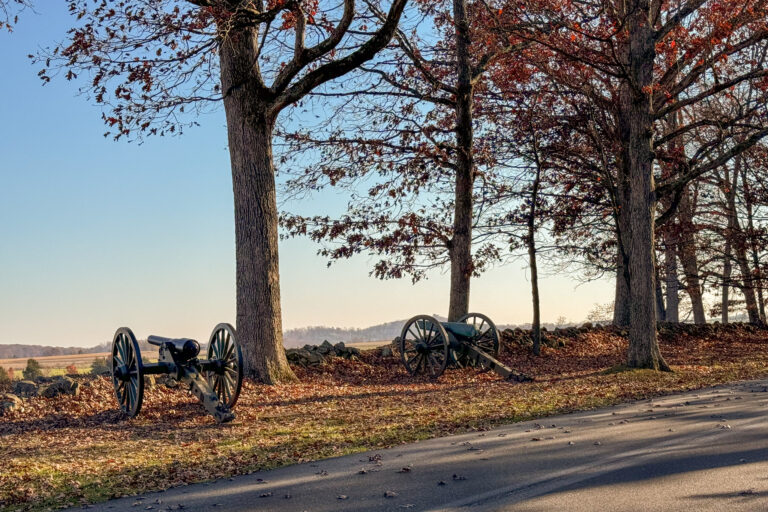
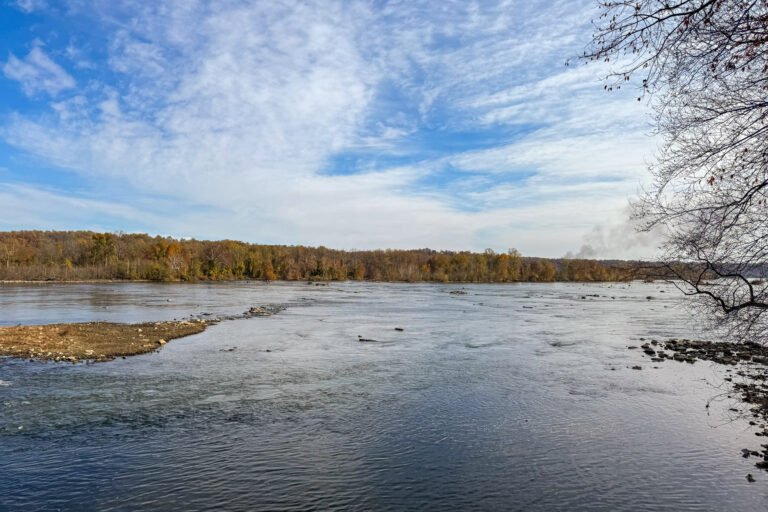
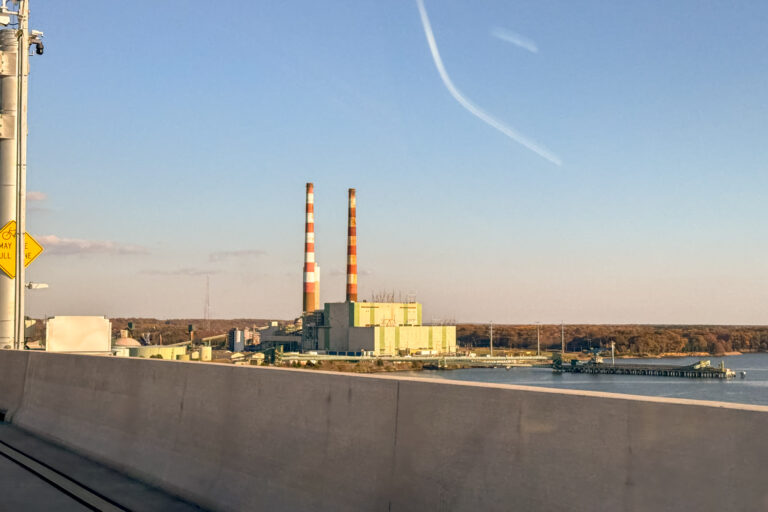
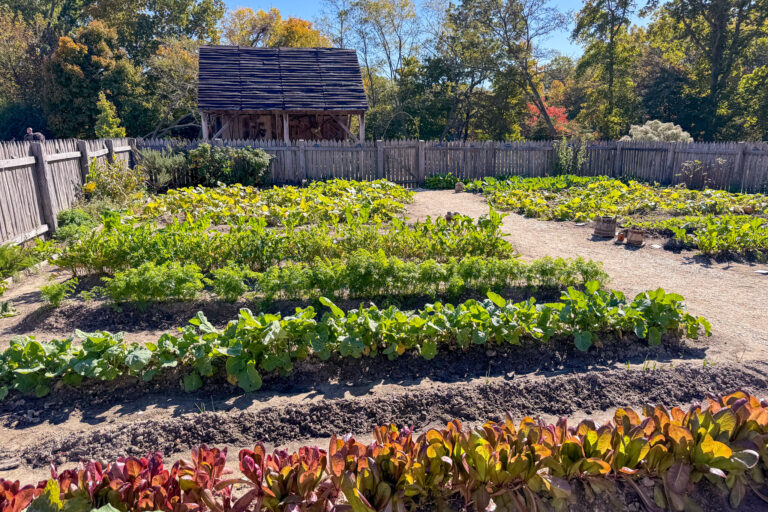
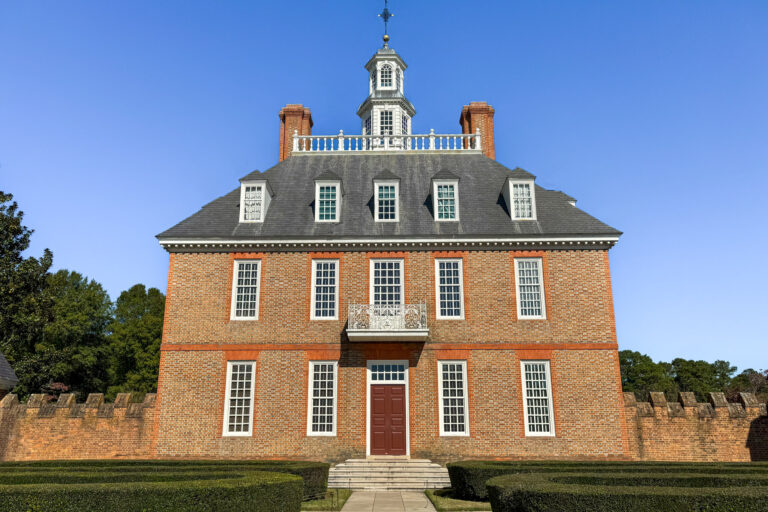
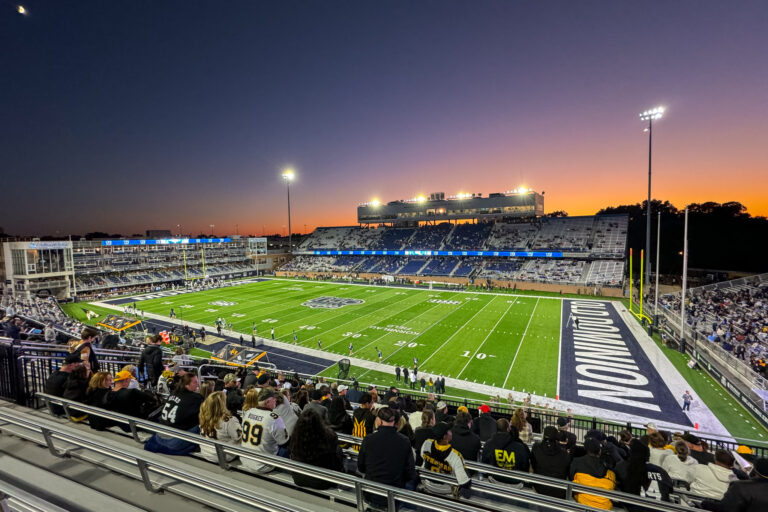
6 Responses
More great pictures and adventures! Thanks
Love all the pictures, many worthy of framing.
Beautiful pictures!!
The Going-to-the-Sun-Road was spectacular but being so close to the edge of the steep drop-off while going one direction, and the rocky wall when going the other direction, was very frightening! But, I’m so glad I got to experience it and live to tell about it!😊
I loved reliving that gorgeous scenery and the little kid goats playing on the boulders and practicing their climbing skills was so cute as they tumbled off then got right back up and did it again.
Beautiful photographs.
So interesting to hear about the places you’ve visited.
Just absolutely wonderful!
Thanks!
Stay safe!
INCREDIBLE PICS AGAIN! LIKE BEING THERE WITH YOU GUYS, CAN ALMOST TASTE THE PANCAKES! 😁